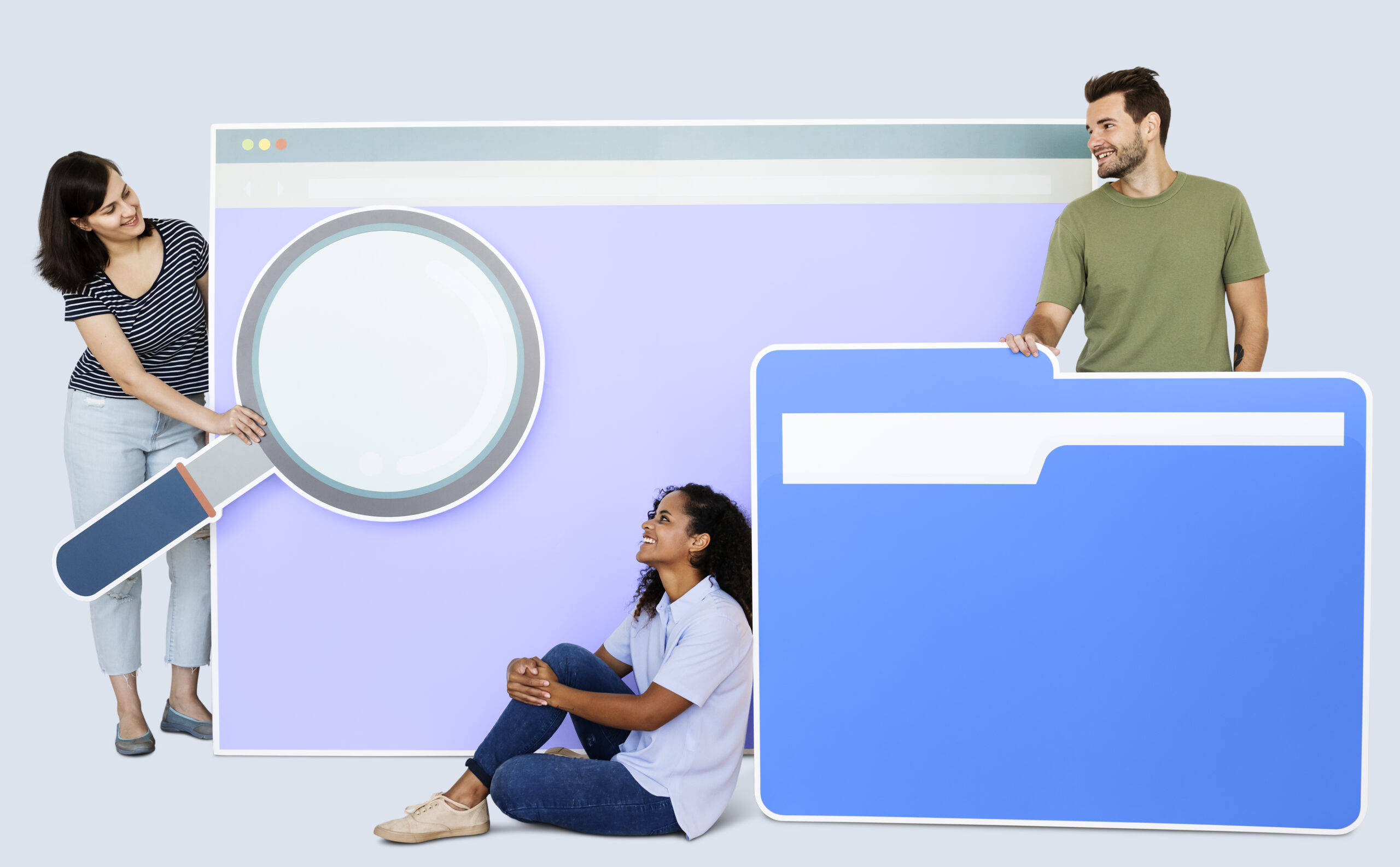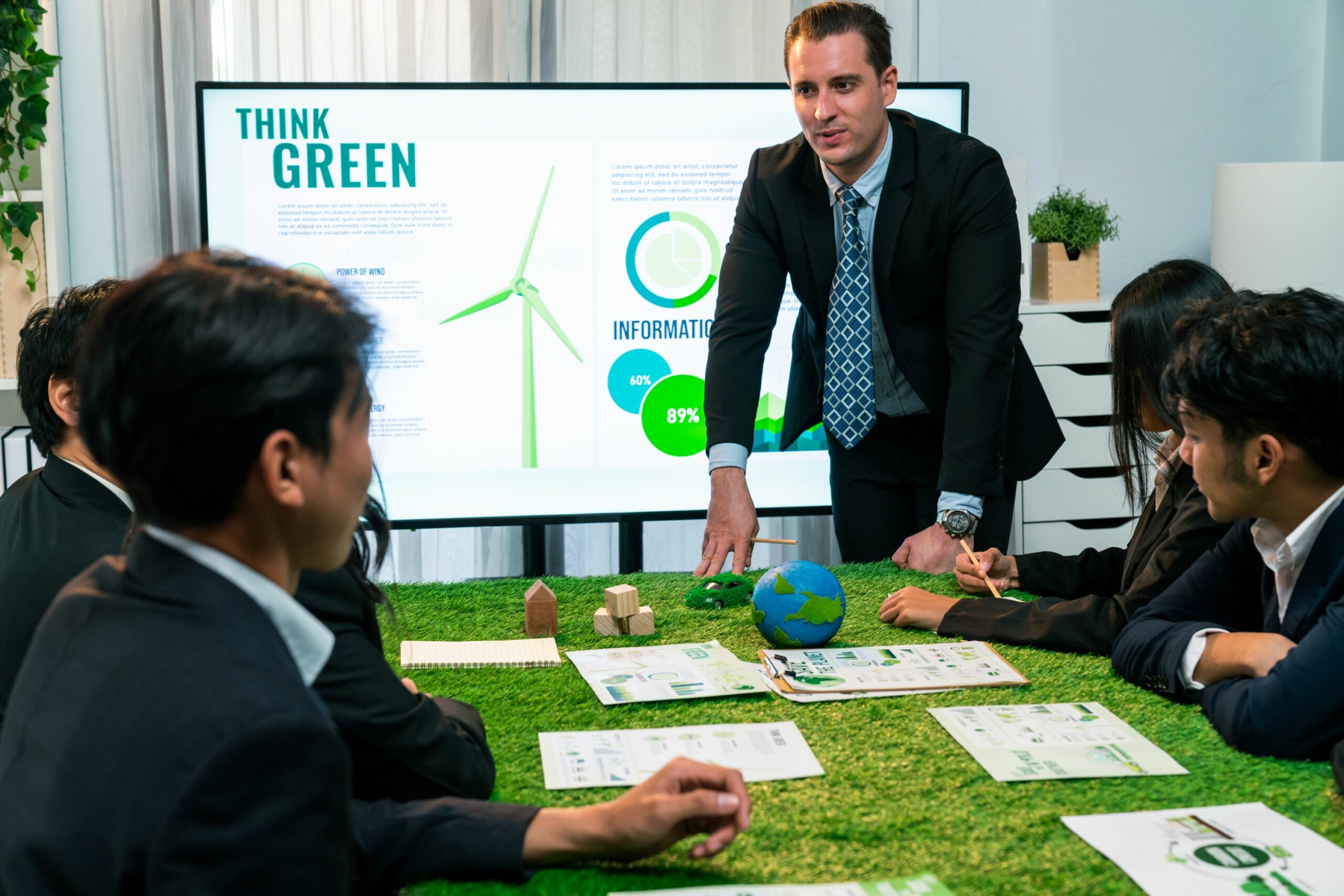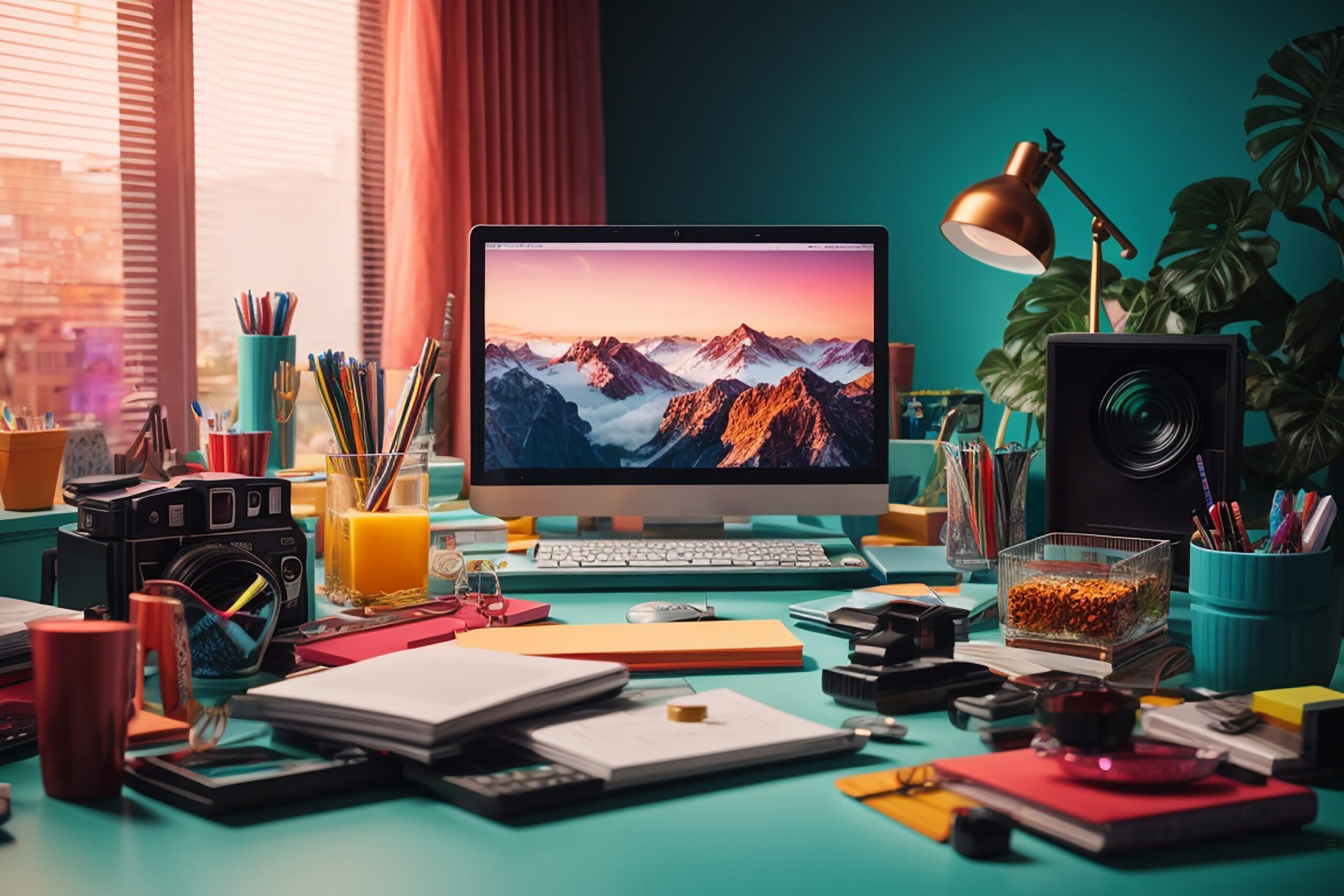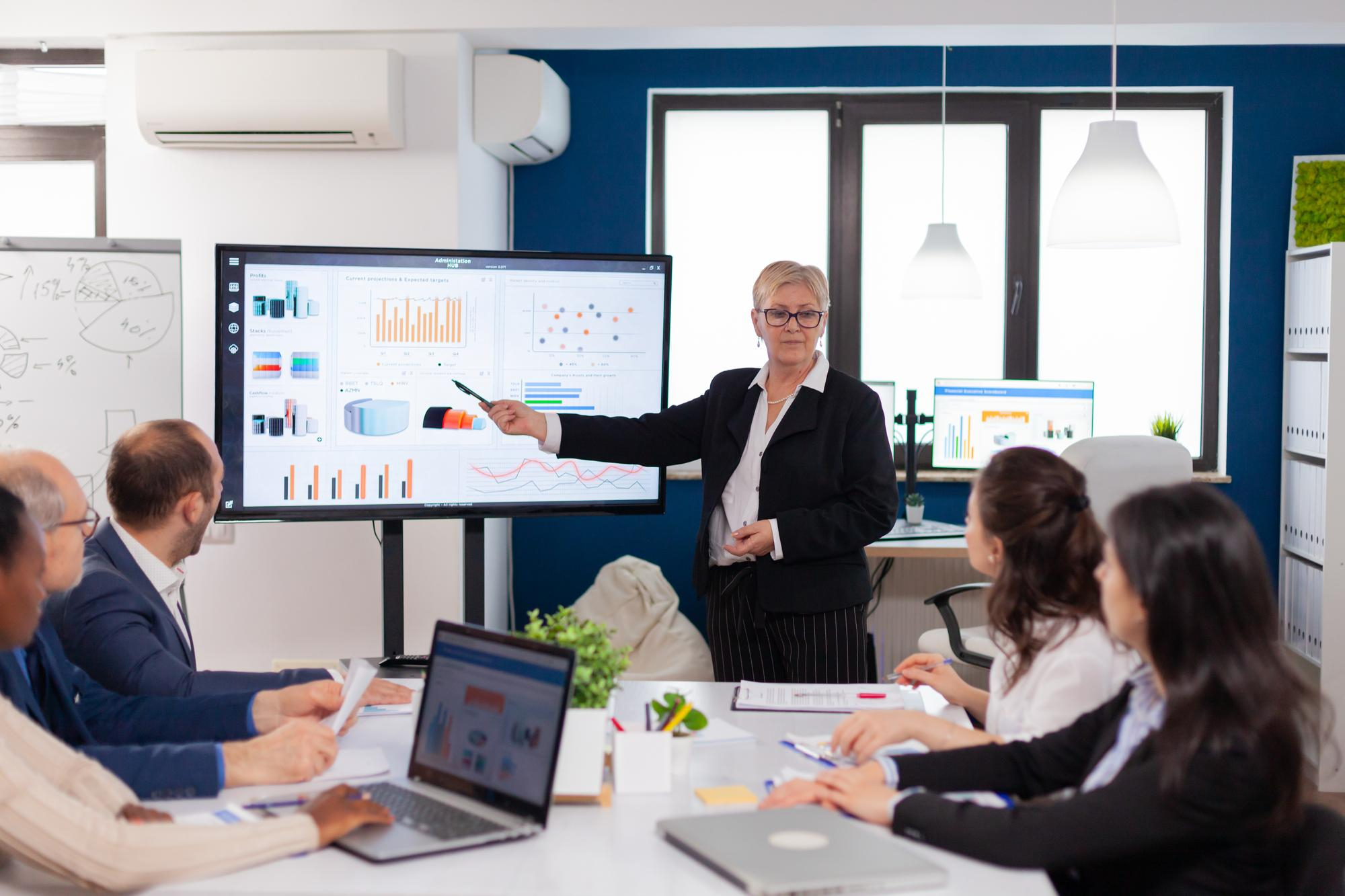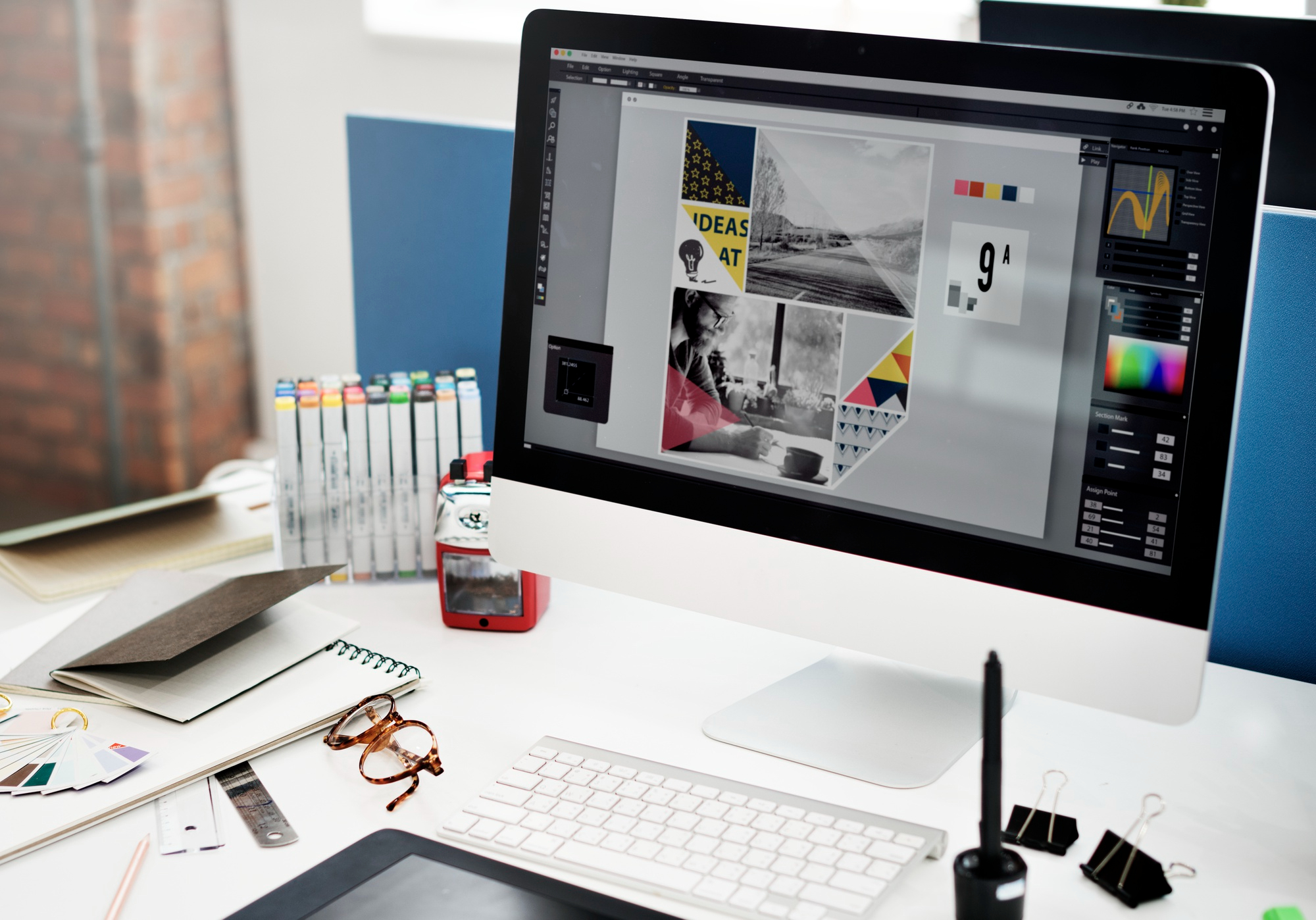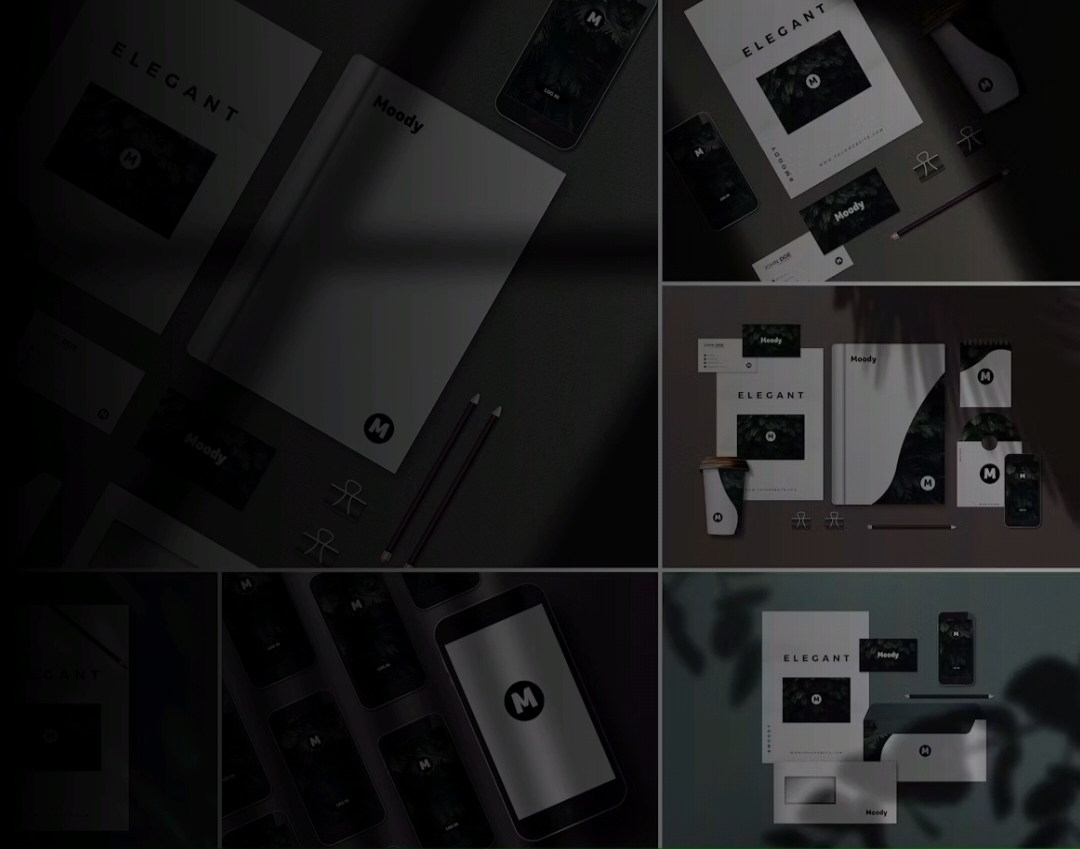You’ve decided to create a professional presentation design that is pre-recorded ahead of time for an upcoming occasion, or you were advised to make that by someone else. You must know how to pre-record.
The working style of the employees has changed due to the COVID-19 pandemic across the world. Companies need to adopt the new normalcy. The usage of technological tools has become part of the organization for collaboration and connectivity. But companies are struggling to work out how to incorporate new technology and procedures into their daily operations and workflows.
Many organizations have shifted away from the office and toward a work-from-home environment; many in-person conferences have been transferred online, necessitating presenters to negotiate new platforms like Zoom and Google Meets to keep communication flowing and reach clients on time. This article will outline what you’ll need—and whom you’ll need—to keep providing high-quality virtual presentations to huge audiences long after the pandemic is ended.
You can create the best quality conference videos in the home or hire a team of professionals to make it for you. Here we shall explore the resources you need to take care of if you need to make a professional presentation design.
Pre-record using a studio set
A studio set is an excellent technique to pre-record a speaker presentation, which can then be uploaded to the web and accessed by participants during the virtual conference. If you have the financial capability, using studio sets will give you and your team a dedicated location to work on your video with minimal interruptions.
You’ll need to hire a PowerPoint presentation designer first. The presentation designer is in charge of what appears on the screen while you’re recording, as well as any later text overlays (i.e., after the speaker delivering the presentation is filmed). A storyboarding session will begin the process, during which you and the designer will sit down and discuss the substance of your presentation. Next, the designer will use your information to create a tale that is both thorough and easy to understand for the audience. They’ll also begin working on the visual assets that will be used in your presentation.
You’ll need a production team to record and edit your video. The production team will be responsible for determining the most cost-effective and high-quality techniques to capture and produce your film while staying within budget.
Finally, you may require the services of an animator. The animator generates a moving image by stitching together several images, known as frames (i.e., an animation). Text overlays and moving visuals will be incorporated into your presentation by your animator and presentation designer working together. Unlike a presentation designer involved with your presentation content from the start, an animator will produce animations after your video has been filmed.
Ambient Screen
Using an ambient screen in post-production, you may build a high-quality virtual background and include visual effects into your presentation. The major purpose of an ambient screen is to create an interactive experience that responds to the user’s needs, which means you’ll have more freedom to be creative and modify your presentation than if you just displayed notes on PowerPoint. Ambient displays provide you greater control and freedom over what you may include in your video, allowing you to bring your presentation to life. Using an ambient screen will improve the quality of your video while also allowing you to adjust your presentation quickly.
To create a professional presentation design with a studio set and ambient screen, you’ll need a PowerPoint presentation designer, production team, and animator. If you don’t have access to an ambient screen but have access to a studio set, you have a few alternative options.
Alternating Screen views
You may control when your video shifts between the speaker’s view and the view of your PowerPoint presentation by creating a pre-recorded video with alternating screen views. Many of the same team members are needed for a video shot on an ambient screen, albeit you may not need an animator in this situation.
An animator’s job is to add animations and transitions to a presentation, which typically necessitates using software other than PowerPoint, such as After Effects. They undertake more complicated work than what is required here, and a PowerPoint designer will handle the creation of any visual materials on your behalf. You’ll still record your content in a studio with a production team, but instead of an ambient screen with a virtual background, your screen will show your PowerPoint presentation.
Your production crew will be able to time when the video transitions from a presenter’s perspective to a view of your PowerPoint slides in post-production. A presentation shot on a studio set with alternating screen views can be seen in the video below. The production crew will be able to modify when different elements of the video transition. This is an excellent choice if you don’t have access to an ambient screen but have the resources for a studio set.
Pre-record using a Home setup
Don’t worry if you don’t have access to a studio set or a full production crew—you can still make a fantastic video presentation! A good camera and audio equipment, a suitable background, and a presentation designer are all required.
Our best recommendation to clients using a home or office setup, as a presentation design studio, is to construct a PowerPoint presentation into which you will subsequently incorporate your camera footage. One limitation of this setup is that the video will be split into segments, resulting in less exact transitions.
It’s also worth noting that PowerPoint doesn’t allow you to export videos in full HD. Additionally, if the presentation is exhibited on larger displays, such as in large conference rooms, the quality of the final video may suffer; nevertheless, these types of movies should work perfectly when seen on a computer screen or monitor, which is most likely the new standard in digital conferencing.
When working on a presentation at home, make sure you have the best equipment for producing high-quality video.
Conditions in Home setup
Test out your recording place before you start filming your final video. You’ll want to double-check that your setup allows for the most incredible photographs possible.
LIGHTING
If feasible, place yourself and the camera across from a window or your main light source so that the light is directed toward you and your image on camera is clear and well-lit.
BACKDROP VIDEO
It’s preferable to sit against an empty wall so that the viewer isn’t distracted by anything in the background—you want to make sure you’re the main focus of your video.
To maintain a sense of professionalism, make sure your environment is clean and decluttered, regardless of where you set up. Pay attention to what is getting recorded into your camera so that any unwanted items or distractions can be removed.
LEVEL OF NOISE
To keep the quality and integrity of your recorded audio, try to eliminate or reduce background noise. Any windows should be closed as much as possible to minimize outside noise.
If you frequently give virtual presentations, you should consider adding adequate equipment to your remote setup—especially if you plan to maintain these new video conferencing activities after the pandemic.
Whether it’s for a live virtual meeting or a pre-recorded portion for a virtual conference, having high-quality technology will make a visible difference in the quality of your video. If possible, avoid using the built-in webcam and microphone on your PC or laptop. Consider what aspects of your current setup need to be updated and invest in the equipment that will improve the audio-visual components of your presentation if you have the money.
Summing up
We are becoming reliant on technology to stay in touch as we learn and adapt to a new way of life and work. It can be stressful and perplexing to plan and host a digital conference, especially if unprepared.
Even if you don’t have resources like a high-tech studio set or a huge staff, you can dramatically improve the tangible production value of your films and your ability to deliver a professional presentation by investing in a few high-quality materials for your home or office setup.
Our PowerPoint presentation designers are available to assist you in developing high-quality visuals for your future digital conference. We are experts in virtual presentations and would be delighted to assist you in getting started.
Check out our website to know more about our PowerPoint Presentation Services
Related Content: how-to-create-an-awesome-webinar-presentation

